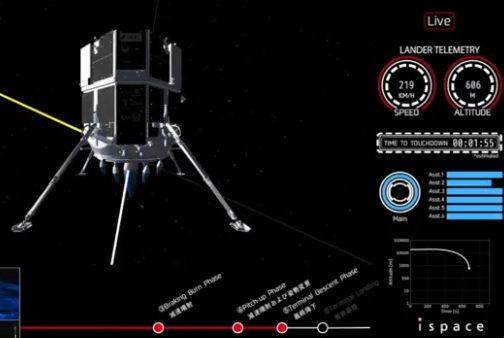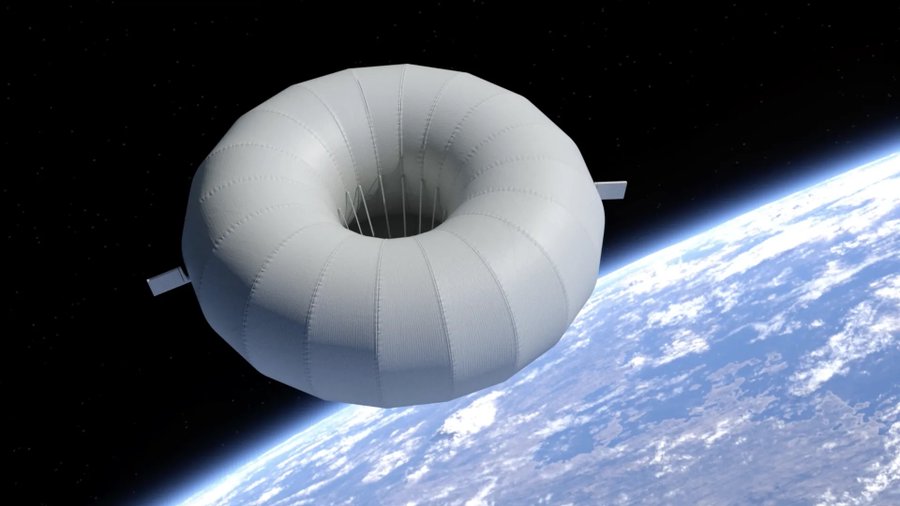According to the Seradata SpaceTrak database, there were 82 orbital launch attempts made in 2013. Of these, three were failures to orbit while two were classed as failures due to incorrect orbit placements. Notable first flights for new or radically modified launch vehicles included the Soyuz 2-1V, the Kuaizhou and Epsilon 1 launch vehicles. All flew successfully. Meantime, of significance to the commercial launch market, the SpaceX Falcon 9 v1.1 made its first commercial launch carrying a GEO-bound communications satellite.
With 82 launch vehicle flights flown during 2013, the year was roughly on a par with previous years. However, the number of spacecraft carried on all orbital attempts was dramatically up. At 217 spacecraft (compared to 139 on 78 launches the previous year), 2013 broke the record for the number of spacecraft launched. The cause was the burgeoning growth in low cost nanosatellites and cubesats, several of which can be fitted to a single launch vehicle. Of the 217 spacecraft carried, 82 were below 5kg in mass. Low cost nanosatellites and cubesats are being built by companies, research establishments and universities around the world and this growth trend is expected to continue.
With respect to the nationality of launches, Russia again took top position with 33 launch attempts (2 total failures – one Zenit-Sea Launch, one Proton, and one incorrect orbit Rockot failure). In this instance both Sea Launch and Soyuz launches from French Guaina are treated as Russian.
USA was a distant third in 2012, but bounced back into second place in 2013 with 19 flights. China came third with 14 launches (one Long March 4B failure). As a comparison China had 19 launch attempts in 2012 with no failures.
The other launch failure of the year was reportedly Iran’s Safir 1B launch carrying Fajr 3 in February – though Iran has not confirmed this flight.






